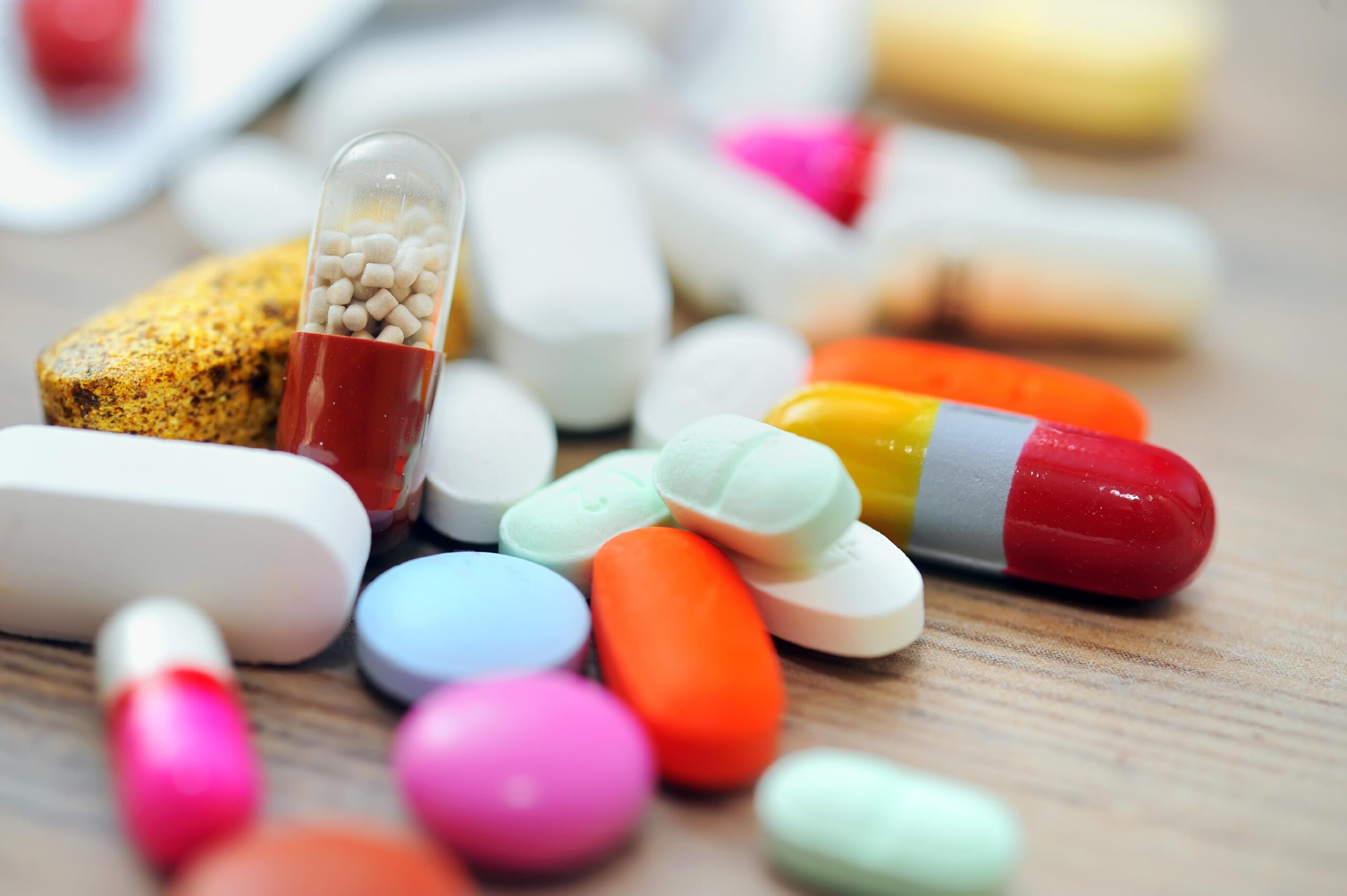One of the most frustrating сиалис купить and helpless feelings as a parent comes when your child is sick and blatantly refuses to take the medicine that you know will help make her better. If you’re one of these parents and have a fickle child who will not take medicine of any kind, don’t panic. There are some creative methods that work.
My daughter is extremely sensitive to tastes and smells. It has always been difficult to get her to take any medicine orally, or even topically if it has any kind of odour. The only medicine she would take orally as a baby was gripe water because she loved the taste of it. Gripe water is given for the relief of minor stomach upsets such as colic, cramps, flatulence and hiccups and can be purchased at most pharmacies and health stores.
I have taken advantage of this through the years and used it as an aid in administering some medicines to her such as an anti-nauseant or acetaminophen. Most medicines for children do come in a variety of flavours and forms including liquid, chewable tablets and suppositories. If you find one is not working with your child keep switching flavours and forms until you find one that he/she will consider taking. Here are some ideas that worked for me plus more great suggestions from other mothers I spoke to.
If your children run every time they see the medicine dropper try giving the liquid on a fun spoon that has their favourite character on it. Measure the medicine first in the medicine dropper and transfer it to their favourite spoon. If you don’t have a favourite spoon yet go on a special shopping spree and have them pick out the spoon they like. This puts an element of fun into taking the medicine.
If you are using the dropper, squeeze the liquid into the side cheek area where they won’t spit it out so easily. The roof of the mouth or on the tongue is highly sensitive to taste and touch which may cause the child to gag or spit it out. Sandra, a mother of two children under the age of six, had this idea to share.
“My son always takes his medicine through a straw,” she says. Sue has three children and has a hard time convincing her 10 year old son to take pills “He still refuses to take pills and will only take medicine in liquid form. This can get quite costly since he needs to take more of the liquid according to his age and weight.”
Suppositories are soft capsules which melt when inserted into the rectum. These can be a successful alternative if your child is unable to keep anything in the stomach. If your child is afraid of the suppositories try inserting them while he is asleep. If he is a heavy sleeper he won’t feel a thing. If he wakes up it’s usually after the suppository has already been inserted and the only thing left to do is to comfort him.
Chewable tablets are popular for the 2 – 12 age group. They come in different flavours and forms such as “softchews” that dissolve quickly in the mouth so the taste and texture doesn’t linger (or before the child has a chance to spit it out!). To help with the regular chewable tablets try giving your child a bit of fruit such as banana or strawberry to chew with the tablet. For older children who are learning to swallow pills eating a banana or taking a teaspoon of mayonnaise afterward will help slide it down.
If you cannot find a flavoured chewable tablet that your child will take try crushing the tablet and mixing it with a favourite food or liquid. Before doing this confirm with your doctor that the food/liquid and medicine can be mixed together safely and effectively. Using a pill crusher (a garlic presser works just as well) crush the tablets and mix them into a desired food such as applesauce, ice cream, jello or pudding.
If the colour of the crushed tablet mixed with the food makes your child suspicious, sprinkle some rainbow sprinkles (used to decorate cakes) on top for camouflage, or try crushing the tablets and mixing with a few drops of water first to dissolve. This mixture can then be added to a liquid such as gripe water, juice or water. When using a syringe, squirt the liquid into the side of the mouth and follow up with a favourite treat.
